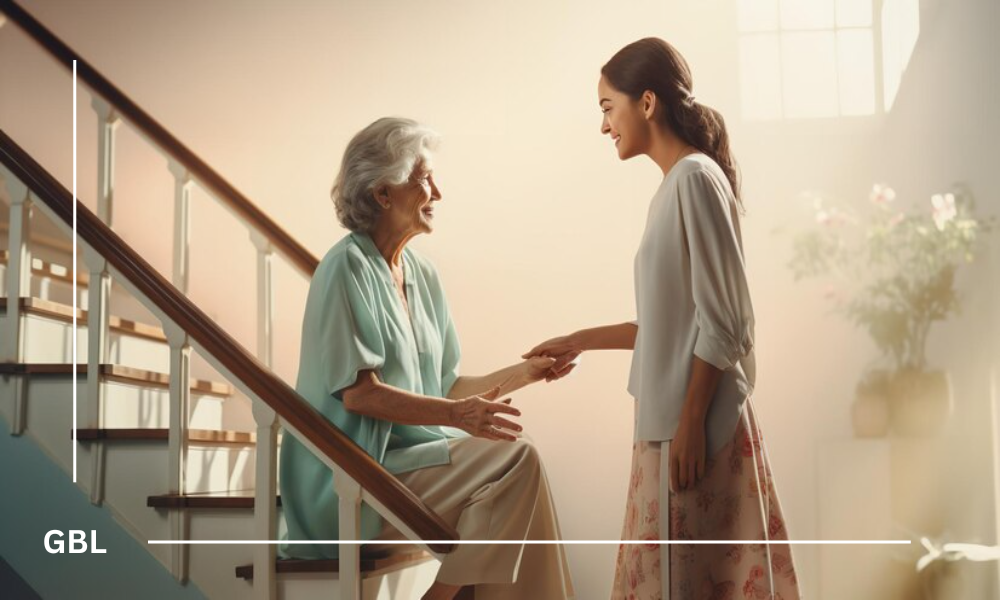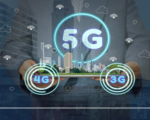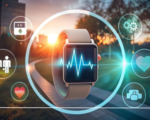In living rooms and bedrooms across the globe, a quiet revolution is underway in healthcare. It’s not happening in bustling hospital corridors or sterile clinics but in the everyday spaces where people live their lives. Remote care technologies, once a novelty, have become lifelines, connecting patients with the care they need without the barriers of distance or time.
Take Sarah Thompson, a mother of three living in a rural community in the heart of America. When her youngest child fell ill with a high fever late one evening, Sarah didn’t have to fret about rushing to the emergency room or waiting until morning to see a doctor. Instead, she reached for her smartphone and scheduled a virtual consultation with her family physician using a telemedicine app. Within minutes, she was speaking face-to-face with her doctor, who reassured her and prescribed medication for her child’s fever.
For Sarah and countless others like her, remote care technologies have transformed the healthcare experience, making it more accessible, convenient, and personalized. No longer bound by the constraints of traditional office hours or geographic limitations, patients can seek care when and where they need it, whether they’re at home, at work, or on the go.
But it’s not just about convenience – remote care technologies are also improving health outcomes and quality of life. For individuals managing chronic conditions like diabetes or hypertension, wearable devices offer a constant stream of data, allowing them to track their health metrics and make informed decisions about their care. For seniors living independently, remote monitoring sensors provide peace of mind to both them and their families, alerting caregivers to potential health issues before they escalate.
And then there are the stories of resilience and hope that emerge when technology meets compassion. In war-torn regions and underserved communities, telemedicine bridges the gap between patients and providers, offering a glimmer of hope in the face of adversity. Whether it’s a refugee receiving mental health support via a virtual therapy session or a mother in a remote village accessing prenatal care through a mobile app, remote care technologies are breaking down barriers and bringing care to those who need it most.
As we look to the future of healthcare, one thing is clear: the human touch will always be at the heart of healing, no matter how advanced our technology becomes. Remote care technologies are not just tools; they’re bridges that connect us, allowing us to reach across distances and touch lives in ways we never thought possible. And in a world that can often feel divided, that’s a powerful reminder of our shared humanity.

















